DirectX 9.0 versus DirectX 10:
I'm sure the question on most people's minds is, without doubt, "is it worth upgrading to Vista to get better graphics?"In our opinion, the short answer to that question is "maybe".
In other words, there are differences if you know what you're looking for but they're just not as profound as one would have hoped. We'll go through the differences here, and let you make your own decision on whether or not it's worth purchasing Windows Vista to play BioShock.
Particle effects:
The first effect that we noticed was the particles – the difference was subtle at first and to be honest we, like many, didn't notice much of a difference. However, once we'd noticed the difference, we kept looking out for it whether we were playing the game using the DirectX 9.0c path or the DirectX 10 path.2K Australia has implemented what's known as a soft particle effect – this essentially softens the edges of the particle effects and reduces banding between geometry and the particle effect. It's probably easier to say that the particle effects actually feel like they're a part of the game now, instead of something that has been tacked on at the last minute.
If you look at the DirectX 9.0c screenshots above on the left, you'll notice that the particle effects don't blend and around the environment – the effect is much softer under DirectX 10 (right).
There are also instances where the particle effects and/or smoke are more volumetric too – by this we mean there's not just more smoke, but it also gives the impression that the fog is thicker. This has an effect on the light that comes through the fog – there's generally less of it, but then as you walk through the fog, the lighting reappears as one would expect, helping to make the fog feel more realistic.

MSI MPG Velox 100R Chassis Review
October 14 2021 | 15:04


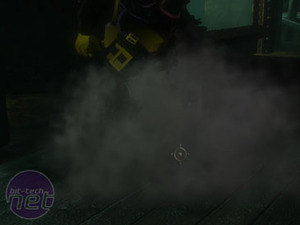
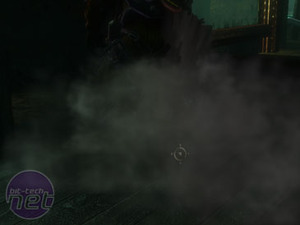
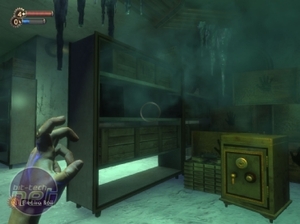
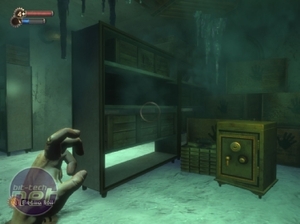
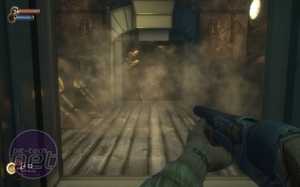
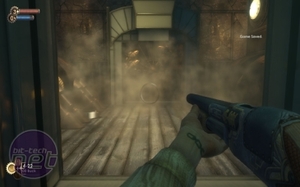








Want to comment? Please log in.